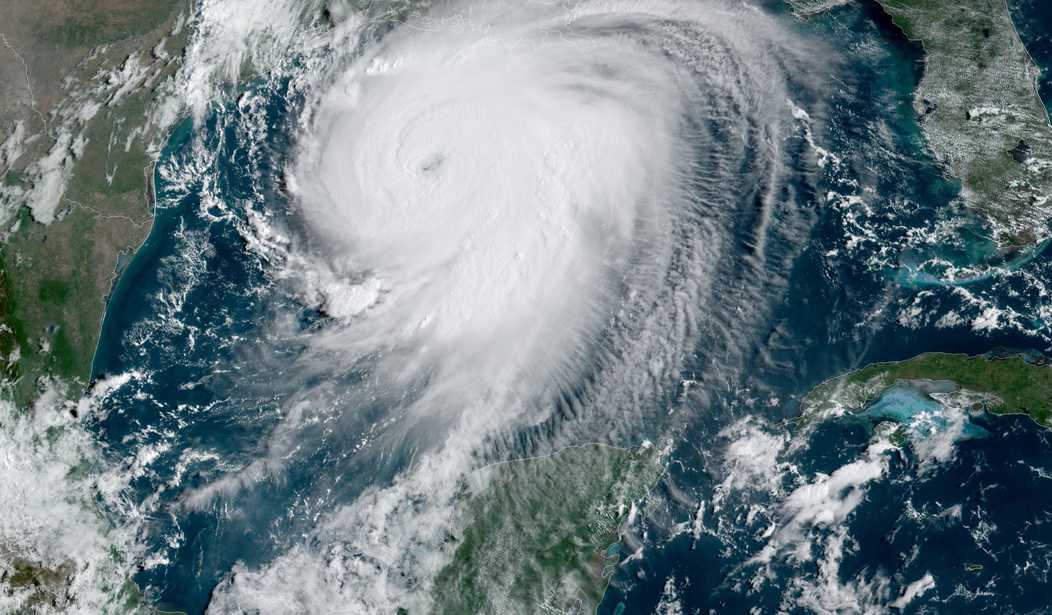Countries and companies around the world are pouring resources into “solutions” to the problem of climate change. In the United States, it’s cool to be green and to advocate for massive government action to save us from global warming, or cooling, or whatever is in vogue this month.
The problem is one of trust. How can we trust a government to save us from climate change when they can’t even balance a budget? Or “control its borders, stop the crime spree across America, and has allowed a 10% inflation tax, among other foibles?” asks economist Stephen Moore?
The doomsday prophets obscure the phenomenal progress of the human species to feed itself, cure its diseases, and shape its world to improve the lives of all humans.
Washington Examiner:
Deaths from hurricanes, landslides, tornadoes, earthquakes, droughts, floods, food and energy shortages, severe heat and cold, and other disruptions from Mother Earth have fallen sharply over the past century. The property damage from acts of nature as a share of our GDP continues to drop yearly.
For example, more accurate weather reporting prepares people for deadly weather events. Building technologies make mankind smarter about weather and earthquake-proofing homes, buildings, bridges, and other structures to protect against collapse and rubble. The real “green revolution” on agriculture output has dropped rates of famine and hunger to all-time lows. My mentor, the late, great economist Julian Simon, taught us that the “ultimate resource” to save us from Armageddon is the human mind.
Indeed, Simon’s 1980 wager with Paul Ehrlich, author of The Population Bomb, holds lessons for the climate change debate today.
Ehrlich wrote in 1980 that if he were a betting man, he would bet that England would not exist in the year 2000 due to a catastrophic rise in sea levels and unaffordable raw materials due to scarcity. Simon challenged Ehrlich to choose any raw material he wanted and a date sometime in the future. Simon said he would wager on the inflation-adjusted prices decreasing as opposed to increasing.
Ehrlich chose copper, chromium, nickel, tin, and tungsten, and 1990 as the payoff date. Erlich lost as all five commodities declined in price from 1980 through 1990.
With all the doom and gloom predictions about the rising oceans and changing weather patterns, climate change hysterics never factor in the stupendous potential of the human mind to alter those predictions. In fairness, it’s impossible to predict precisely what new technologies will be available ten years from now. All we’re sure of is that those new technologies have always been created in response to a need. If there’s a need to save the climate, humans will find a way.
It’s a good bet that those new technologies will be a helluva lot cheaper than destroying the fossil fuel industry or eliminating individual automobiles.
There are thousands of other examples of new technologies beyond the rain man breakthroughs just mentioned. They have already invented or will invent in the years and decades ahead technologies to make our planet warmer, colder, drier, wetter, sunnier, or in whatever direction we want to turn the dial. None of these require draconian laws and mandates to destroy our modern-day energy sector and replace our power supply with 19th-century windmills.
We have the supposed greatest minds in the world who have allegedly come to a solution to save the planet dramatically by hitting a “reset” button on energy by turning to some of the most inefficient sources. That’s the best they’ve got?
“A foolish consistency is the hobgoblin of little minds, adored by little statesmen and philosophers and divines,” said Ralph Waldo Emerson. And the consistently stupid “solutions” to any supposed climate crisis are advanced by little minds that don’t have the vision to see what the rest of us can see.










